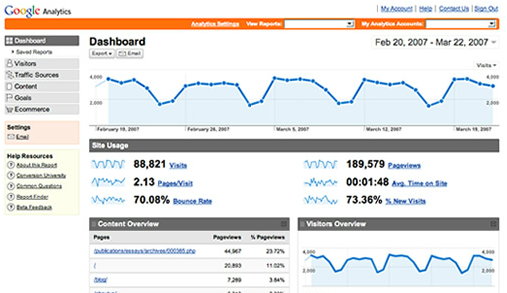I have been running an online store for almost 2 years and believe me this reading will help you prepare of the things ahead for your eCommerce business. Sharing with you some of the skills I was forced to acquire in order to survive running an online store.
1. Excel/Math
There are tons of reports you will be getting from the online store, extraction of orders, inventory, promotions, payments, etc. On a quick note, you need to match orders details, payment details, shipping details. A lot of sorting and segregation needs to be done to get the reports needed. Since revenue is critical, you need to make sure how to play around with your numbers. From profits, gross revenue, top line, bottom line, forecasting, etc. You need to understand how all these fall into your strategy.
You will be encountering a lot of statistics, percentage of payment methods, how many are actually using what payment method and more. Excel will be your bestfriend, and later you will realize there are some things you cannot do manually in order to scale. So now you are challenged to look for that perfect formula to help you out.
Excel Tips: (you might some of the items here)
- Remove duplicates
- =countif
- sort (sort by then sort by, and so on)
- filter
- Vlookup (which I never really got to use)
2. Have some technical knowledge
Well you don’t really need to be a programmer, but you need to understand the logic behind your system. First realization, if you have lots of abandoned carts what could be your next problem? conversion? yes, but also your inventory. Abandoned cart would usually mean deducting your inventory and low inventory means low sales can be generated. At what point does inventory deduct? the moment you add to cart? or the moment you confirm payment? If something failed with the order? who do you call? the systems provider or the payment provider?
Batch uploads of orders, products or whatever can be very sensitive. One wrong typo could lead to errors and mismatch of products. I encountered once uploading an inventory but strangely the SKU never moved, then I realized when I uploaded the quantity but didn’t update the status of the product to “In stock” it was “out of stock” all the while.
We all wanted to have that smart system to recommend your next purchase based on the things you viewed or purchased. Easy to say huh? but how do you actually set that rule? What variables do you consider to make sure when a customer orders an iPhone you recommend his next purchase to be a casing, protector, power bank, etc.
3. Retail
Of course, if you running an online store you should understand the whole retail business. From suppliers –> warehouse –> inventory –> finance–> tax –> consumer act laws,etc, all these I had to learn, to fully understand how to maximize the online store. Logistics, merchandising, sales, these are just some of the words you would encounter when you have a retail business. You don’t need to be really an expert on all fields of retail but at least understand how things work. In the end online store is just an extension of your whole retail strategy.
4. Analytics
The good thing about digital is that you can always measure behaviour of the customer. There is no excuse not knowing how many visitors do you get daily on your website and etc. It’s always good to measure progress of your website.
Important metrics to measure:
- Sessions/visits
- ARPU
- Top products viewed
- Average order value
- Conversion rate
- Traffic Source
- Average transactions/day
Bonus
Find out which traffic source gives you highest conversion and focus on that
5. Operations Management
It is only with running the online store that I see more appreciation with the retail business and how fun at the same time challenging it can be. I always wonder how does a grocery or a bookstore run their inventory with thousands of SKU’s ranging from high to low values. Running an online store is no different from your brick and mortar, it needs a lot of manpower to make things move. It’s not like other sites where you upload and it’s done. With an online store, you upload a product, check the status, monitor stock level, request for restock, update quantity and more.
To give you a glimpse what happens in an online order
Customer orders –> Prepare a packing slip –> Pick and pack of the item –> generate a waybill –> schedule a pickup from courier –> Prepare items to be picked up –> monitor shipment –> mark order as complete
That is assuming you don’t encounter these problems:
- No stock available
- Defective/wrong item delivered
- Cannot locate address
- and many more
When you are starting with 10 orders a day you can still manage to do everything manual, you still have the energy to do everything. But what happens when you get 100 orders a day? How do you pick and pack the orders? How does your customer service accommodate spike in inquiries? how do do you cascade to you cs team? How do you change status of each of the orders coming in and out?
Summary
eCommerce is not as simple as everyone thought it would be, but there’s always something new you can do with the online shopping experience. Share us your online experience, comment below! 🙂
eCommerce tips:
Email Marketing works
Less clicks = higher conversion rate
Search will be handy if you have thousands of SKU’s (tagging will be important)










